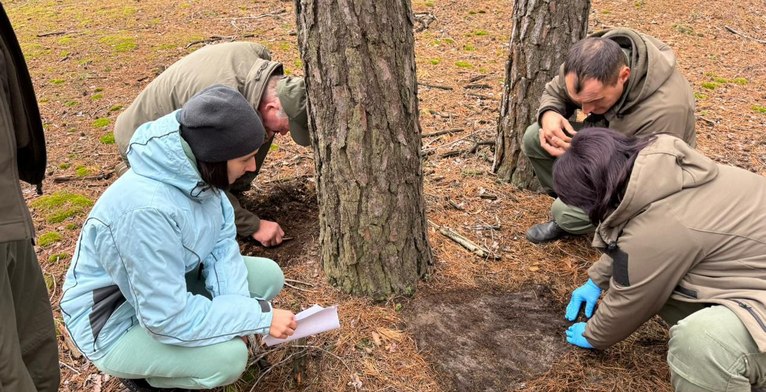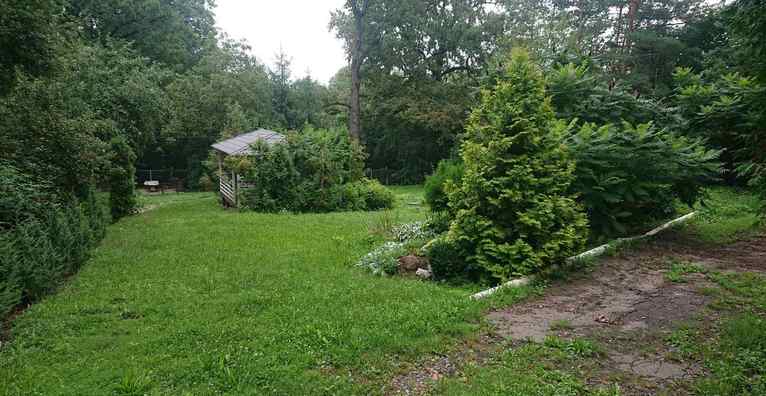The period of dormancy and overwintering for many phytophagous insect pests has come to an end.
April Vegetation Period
We remind you of the need to resume monitoring the further development of particularly dangerous species of pine sawflies – the red-headed weaving sawfly Acantholyda erythrocephala L. and the starry weaving sawfly Lyda nemoralis Thoms.
According to literary sources, the emergence of the red-headed weaving sawfly imagos begins in the third decade of April and lasts several weeks. The emergence of the starry weaving sawfly imagos occurs slightly later – at the beginning of May.
Measures to localize and eliminate pine sawfly outbreaks are associated with certain difficulties – a prolonged period of adult flight and an extended feeding period of larvae in the canopy, leading to continuous damage. Each year, part of the sawfly population reactivates, while another part remains in diapause. These factors make it challenging to obtain accurate qualitative and quantitative data on pest populations. Such data can only be acquired through reconnaissance and detailed ground-based forest pathological surveys.
A reconnaissance ground survey, necessary to detect sawfly egg-laying in pine canopies, is a labor-intensive process. However, this survey can help determine in advance the areas of pine stands that will be damaged by insect pests this year and prepare a set of forest protection measures aimed at reducing the high population numbers.






